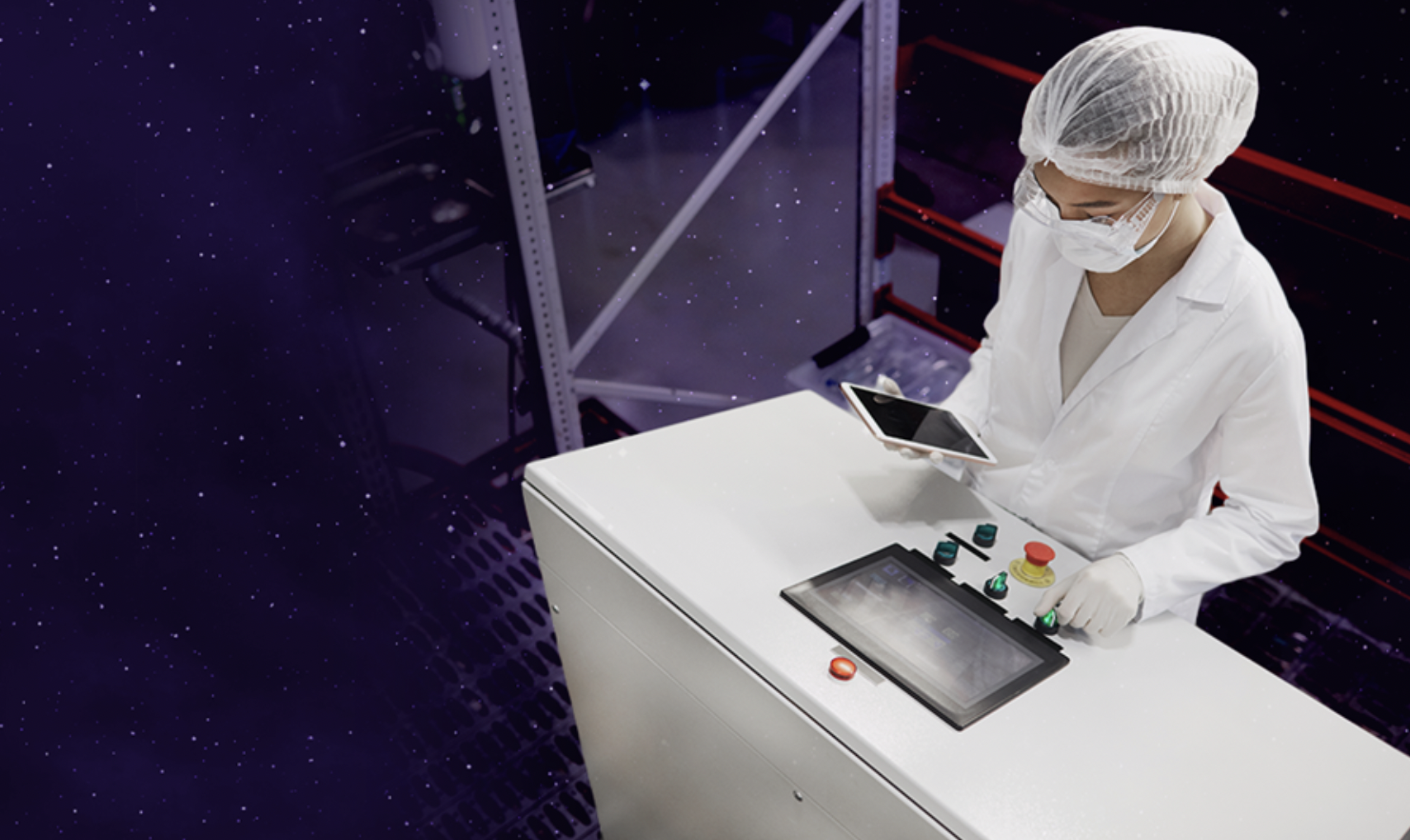What does it take to make customer experience a top priority in today’s service industry? We launched the Service Intel Podcast to answer that question. In each episode, service leaders join us to discuss turning status-quo service into exceptional experiences.
Recently, we talked with Nave Orgad, Director of Service Innovation and Service Agreements at Konecranes. In this episode, Nave covers why it’s important to use data to promote field service offerings, the importance of training technicians on soft skills, how to perform successful cross-functional troubleshooting, and more.
Nave’s knowledge of the service space comes from 15 years of working in service at industrial companies across a range of sectors. Check out some of the key lessons he taught us in this episode:
1. Promote Your Service Offerings Using Data
It starts with tracking your products properly. When companies want to grow their service business, they often start by focusing on their installed base. Nave discusses how this might not be the most helpful source of data, depending on how the company has structured itself to understand its installed base. While collecting data is essential for providing advanced services like condition monitoring and predictive maintenance, the data needs to be set up in a useful way to present meaningful insights.
2. Perform Data Collection
Data cleaning can be painful, but if your data isn’t structured properly, you won’t get much value from all that collection. Nave tells a story of his own experience doing data analysis for a company with hundreds of thousands of products from different factories — and how it taught him a painful lesson about the importance of standardizing data collection.
3. Estimate Your Service Potential
Once you understand your installed base, the next step is to estimate the service potential that your installed base could bring for each piece of equipment. Nave discusses how to use this as a universal benchmark to understand how much you’re making at each customer compared to how much you could be making. He also shares a detailed example of how he did this at Konecranes — a project that led to the repositioning of the company’s global service center network.
4. Consider the Service Team Your Salespeople
According to Nave, this is an opportunity to further leverage your installed base. Service technicians are seen as trusted advisors by your customers. When they approach a customer site and there are different products from different brands, it’s a chance to sell replacement equipment from your company. The minute you arrive at a customer site, providing great service creates a chance to win business away from your competitors.
5. Emphasize Technicians’ Soft Skills
Your technicians are great at the technical part of their job, of course. But are they great with people? Can they capture what’s happening at the customer site and transform it into a sales opportunity? While doing this will likely push technicians out of their comfort zone, Nave discusses why it’s such an important area to prioritize.
6. Align Product Development and Service Development
If these two teams are operating in silos, it’s going to cost your business in the long run. Nave discusses how a productive working relationship between these two teams leads to more thoughtful product design and simpler service.
Ultimately, says Nave, service should never be an afterthought — it needs to be an integral part of a company’s strategy. Listen to the full 30-minute episode to get all of Nave’s advice. And subscribe to the Service Intel podcast to make sure you don’t miss any of our upcoming conversations with service industry leaders.
Recent Posts
-

AI and Shift Left Will Propel Success in Medical Device Service, Says New Aquant Report
Read More »March 05, 2024 Janice Camacho







